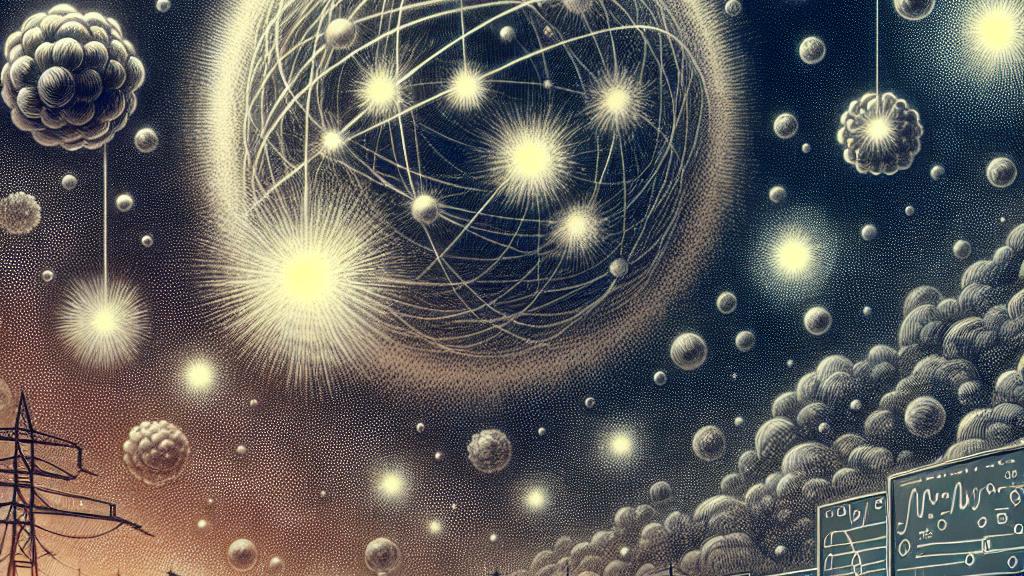Solving the Cosmic Ray Muon Mystery
Overview
- Scientists have observed an unexpected surplus of muons at Earth's surface, challenging existing physics models.
- A groundbreaking theory of gluon condensation offers a potential explanation for these excess muons.
- Cosmic-ray muons are also playing a crucial role in uncovering hidden structures within ancient monuments like the Great Pyramid.

Understanding the Muon Puzzle
In the thrilling world of particle physics, researchers in the United States have stumbled upon a puzzling phenomenon involving cosmic rays and the muons they create. You see, cosmic rays are highly energetic particles that travel through space, and when they collide with the Earth's upper atmosphere, they produce muons—tiny particles similar to electrons but heavier. Normally, we anticipate a specific number of these muons to reach Earth's surface based on established physics models. However, measurements reveal an astonishing discrepancy: there are far more muons detected—between 30% and 60%—than these traditional models predict. This discrepancy raises tantalizing questions and has scientists scratching their heads, eager to find answers. Each minute, around one muon per square centimeter hits the ground, yet the excess numbers leave room for spirited debates in the scientific community.
Gluon Condensation as a Solution
Now, let’s dive into a fascinating theory that could shed light on this cosmic mystery—gluons and their potential to condense! A research team from East China Normal University suggests that during those high-energy collisions in the atmosphere, gluons, the strong force carriers among quarks, might engage in a process called condensation. Imagine gluons, typically busy holding quarks together inside particles, unexpectedly becoming more stable and influencing the production of muons. It’s a shift of perspective that’s truly exciting! Consider this: cosmic rays can reach mind-blowing energies—like the infamous 'Oh My God' particle, which boasts a spectacular 320 exa-electronvolts! That’s 25 million times more than any collision we’ve produced on Earth. This new understanding not only provides a novel angle on muon production but also opens doors to uncharted territories in particle physics research.
Impacts Beyond Physics
But the intrigue doesn’t stop there. In fact, the exploration of cosmic-ray muons stretches beyond particle physics and directly impacts archaeology! A fantastic example of this came to life when scientists used cosmic-ray muons to discover a previously unknown void within the Great Pyramid of Khufu in Egypt. Imagine the excitement—researchers uncovered a significant hidden structure lying just above the Grand Gallery. Various muon detection methods validated this discovery, providing high confidence in their findings. This not only rewrote portions of Egyptian history but also showcased how particle physics can brilliantly illuminate our understanding of ancient engineering marvels. The question reflects an undeniable truth: what other secrets might the cosmos reveal through these tiny, turbulent particles? This interdisciplinary dance between modern science and historical inquiry is a refreshing reminder that discoveries in one field can enrich our understanding in another.

Loading...